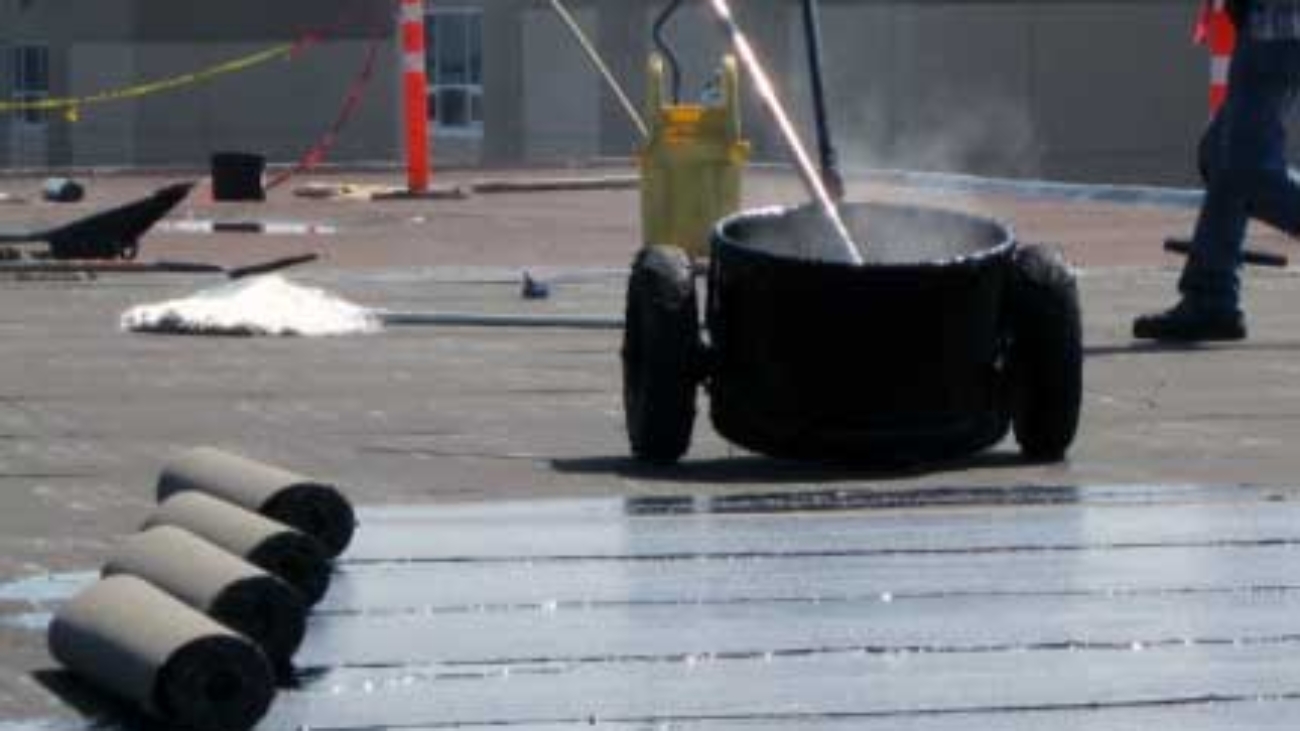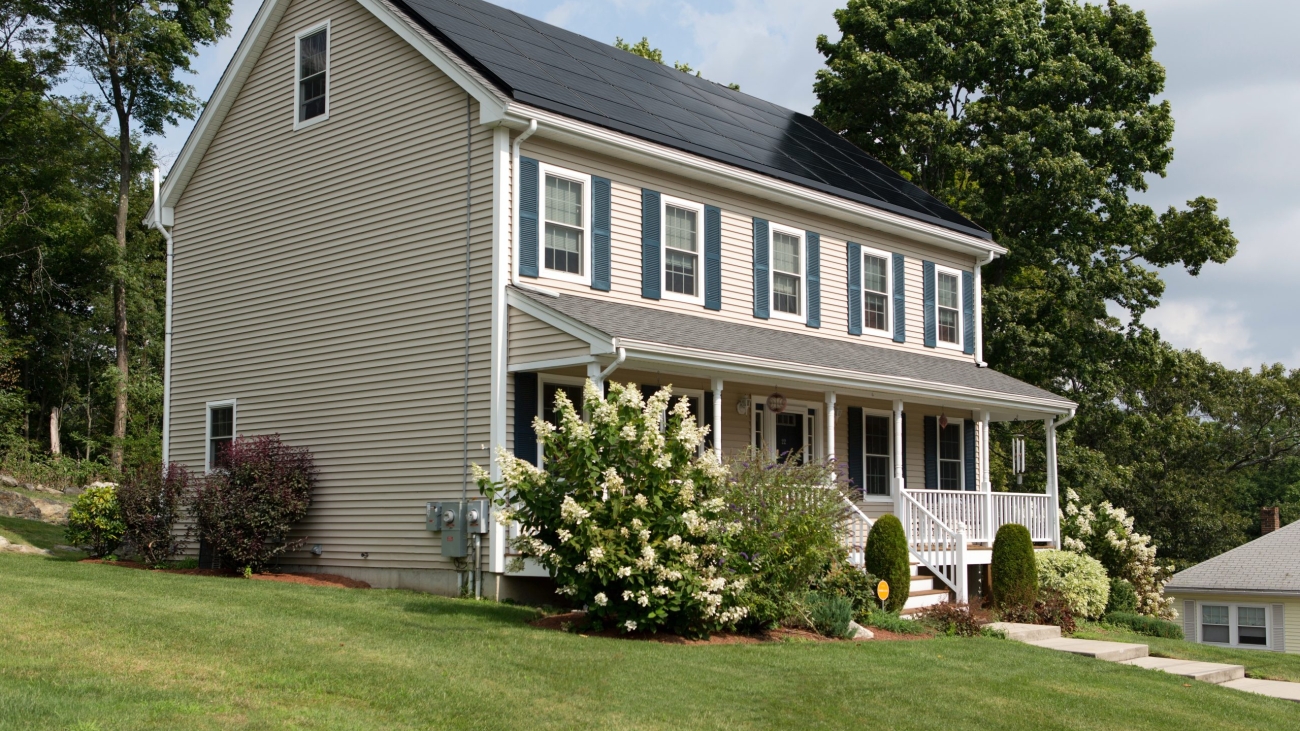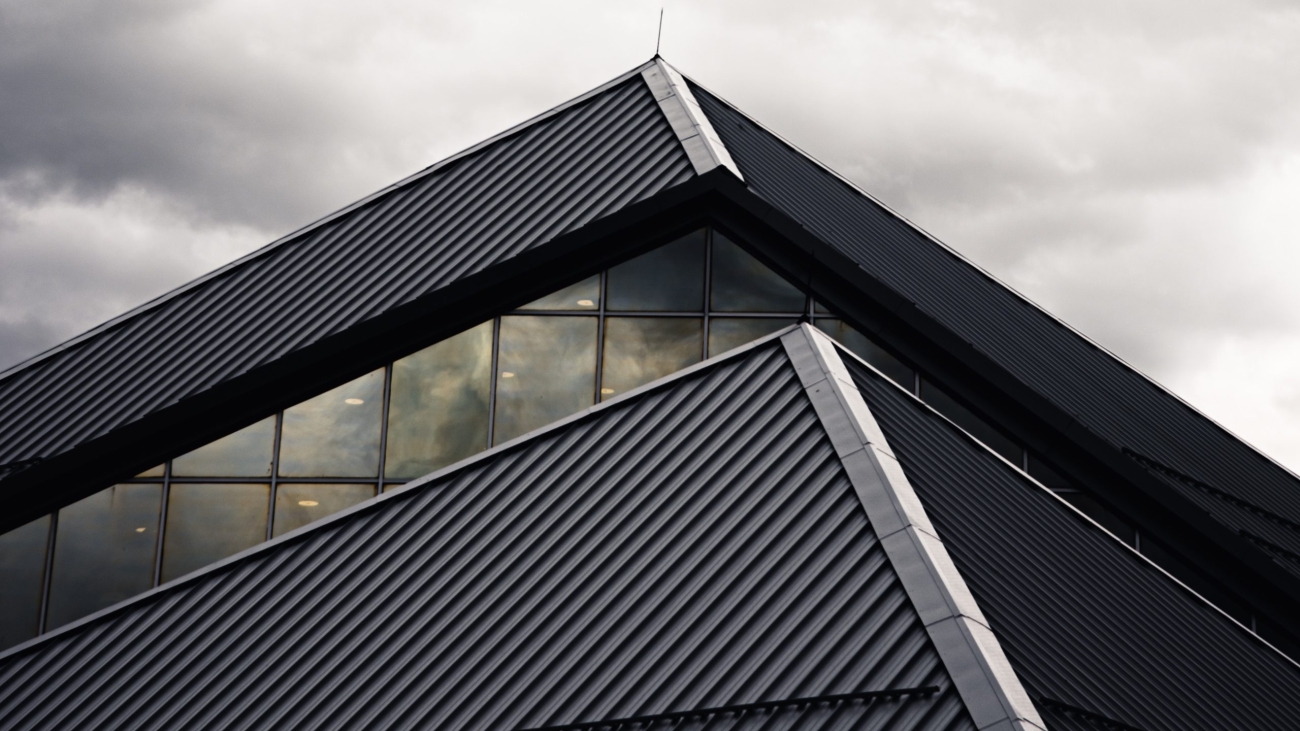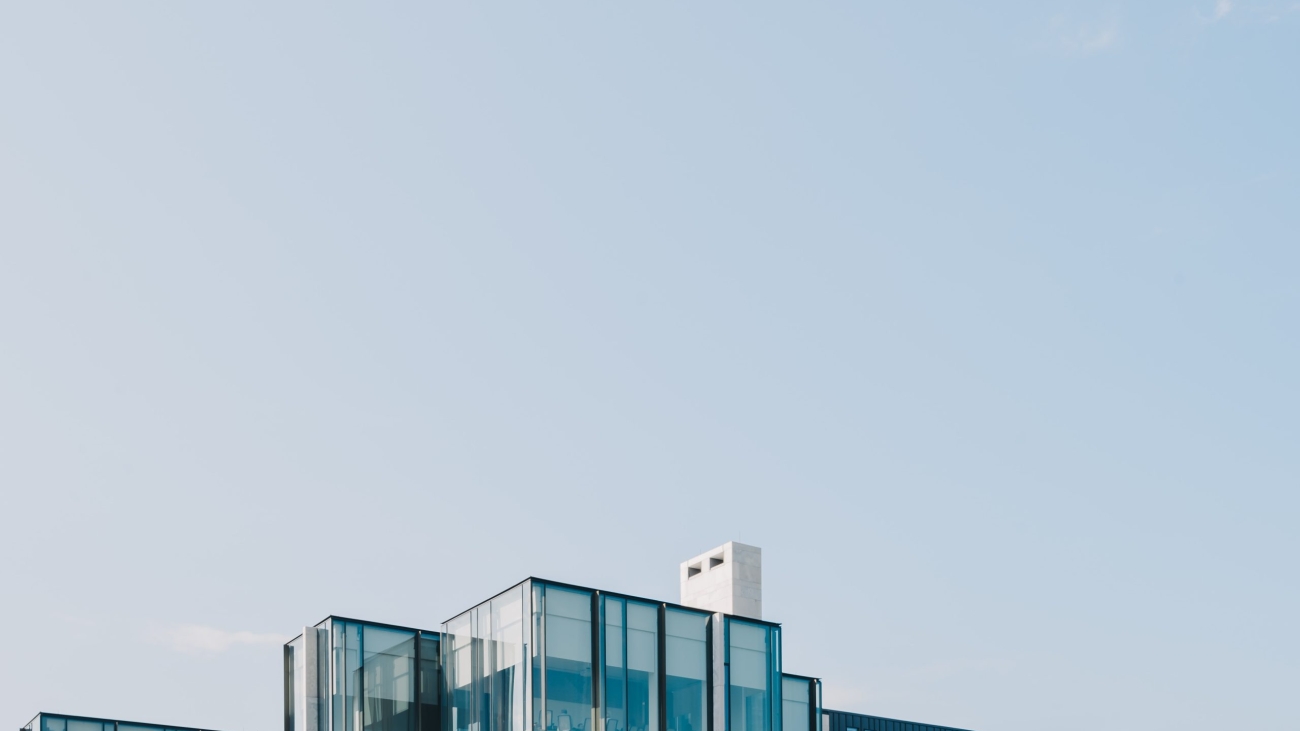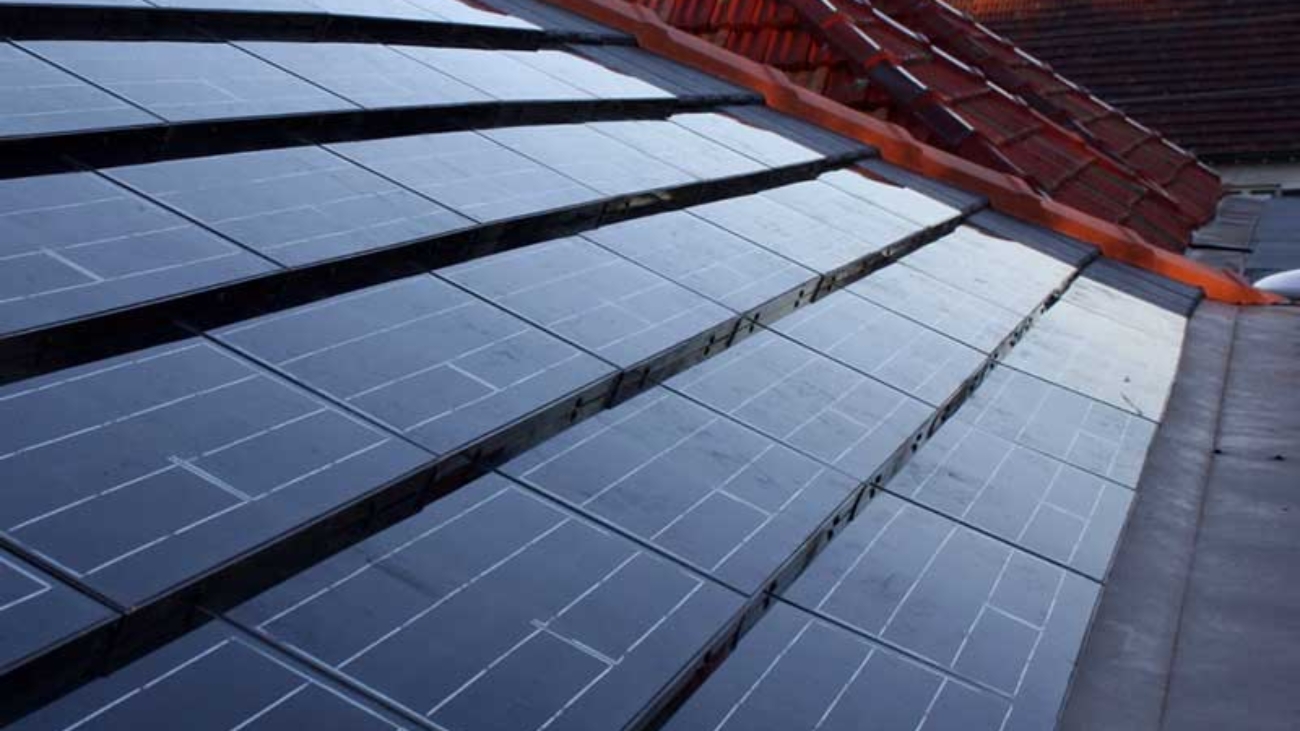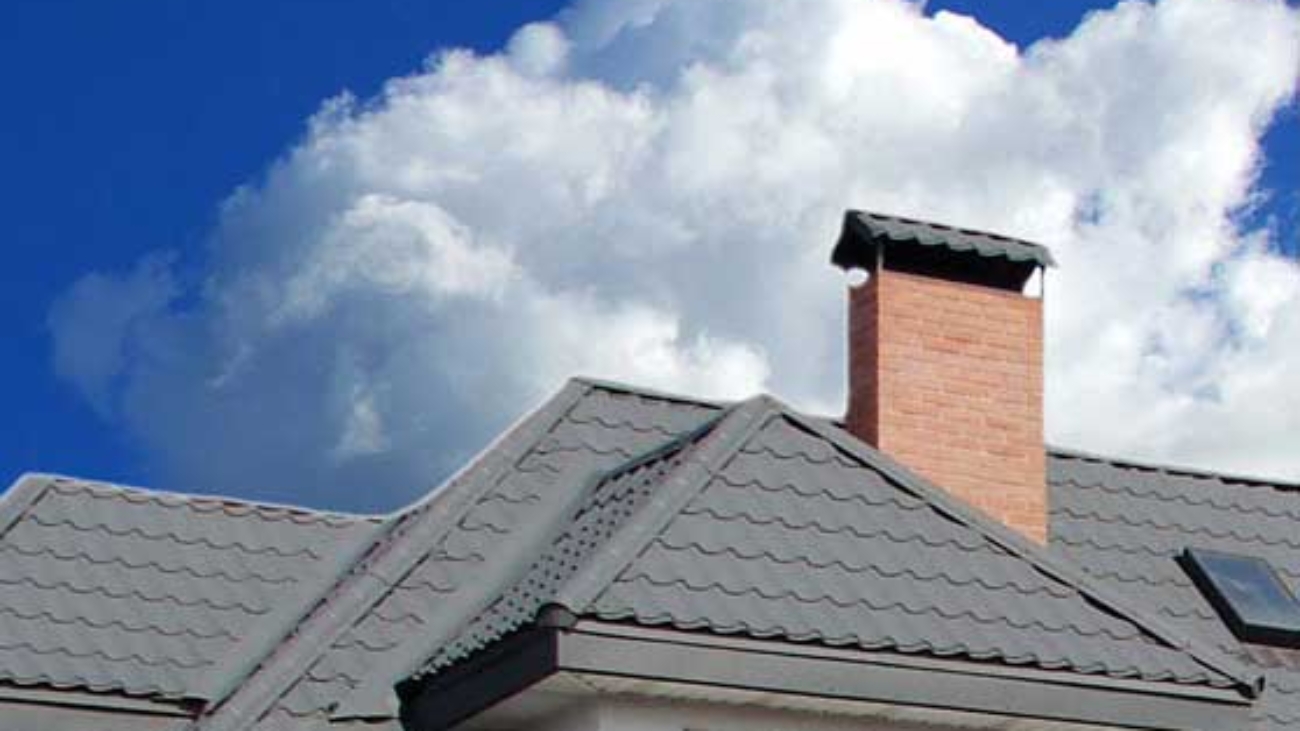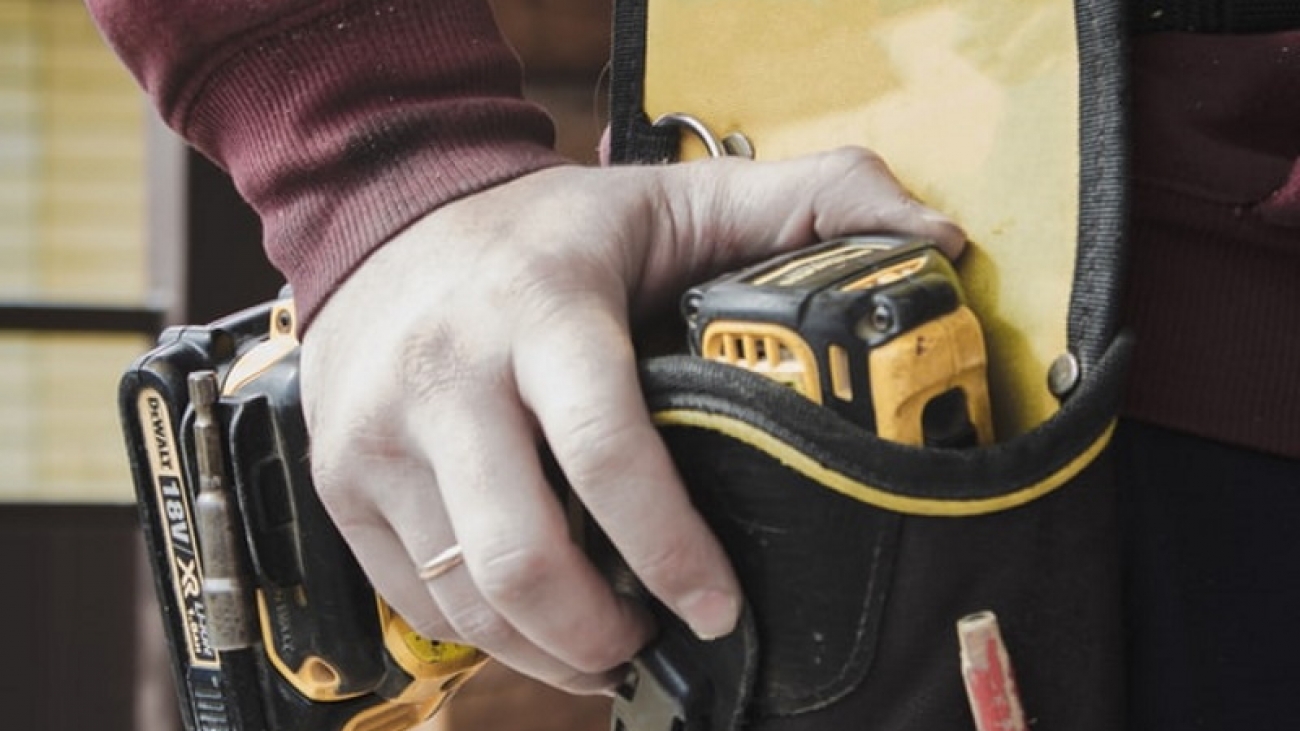What is synthetic roofing
With the aid of modern technology and scientific innovations, it seems like there’s no limit to what synthetic materials can do. This, of course, includes roof materials. Synthetic roofing products include rubber, plastic, and polymer roofing have been developed to provide the colour, look, and even texture of natural materials like slate and wood without the heaviness and fragility of natural roof materials.
For many modern roofing systems, synthetic membranes are installed between the roof deck and the shingle to provide protection to the deck. The underlayment acts as an important second line of defense from leaks, storms, and ice damage which can save your home from costly repairs. Traditional underlayment is commonly referred to as felt or tar paper, and is made of paper saturated in asphalt. Synthetic roofing is traditionally used in commercial and industrial buildings however you might consider synthetic membrane for your home because it generally lasts longer and provides better protection.
Membrane Roofing
Membrane roofing usually comprised of five layers which provide secured redundancy and improved durability for your roof. The woven scrim layer adds strength to prevent wrinkling and tears over time. The advanced back sheet adheres to the deck for easier installation for roofing contractors and provides an additional non-slip surface improved walkability.
Membrane roofing is a system of roofing traditionally used for flat or nearly flat roofs – roofs with less than a 14 degree slope. Here on the west coast of British Columbia, however, it’s a really good question as to why anyone would construct a building with a flat roof. More and more we’re seeing synthetic membranes on all types of residential roofing and with Vancouver’s heavy rainfall, synthetic membranes provide that extra protection you need.
Synthetic roof materials have been specially designed for optimal strength and durability. They’re also incredibly easy to maintain and many are fire-resistant. In fact, many synthetic materials are less expensive than their traditional roof material counterparts.
Many roofing material manufacturers are coming out with eco-friendly synthetic materials that emit the sun’s energy back into the atmosphere, reducing the cooling load on homes and businesses, as well as the heat-island effect in heavily populated areas. While perhaps not as important as in somewhere in California or down south, it can add an extra layer of protection in the hot summer months.
Types of Synthetic Membrane Roofing
Synthetic roof materials are generally made with propylene. Propylene is an organic compound. At room temperature, it is a gas. When mixed with other compounds it reacts and changes. This is one of the ways plastic is made. These synthetic roofing materials are so neat not only for their green capabilities, but also because they can mimic the look of other types of materials including wood, slate, concrete, terra-cotta and more.
There are a few different types of membrane system is made. One is a synthetic rubber, also referred to as Thermoplastic where the rubber is welded together to create one large seamless membrane which provides protection.
Thermoplastic membranes are a type of synthetic rubber. The difference is that the seams of the roofing membrane overlap and they are bonded together by either melting or dissolving the membrane. The bonding process creates a seam that is as strong as the rest of the membrane roofing.
Another is the Modified bitumen which is a type of roof that really evolved from the traditional asphalt roofing system. The seams are joined together in a variety of ways. Heat is used to melt the asphalt and form a seal. A cold application can be used and there are several self-adhesive systems.
The last type or synthetic membrane roofing is called Thermoset. This type of membrane roof is made of large, flat pieces of synthetic rubber or similar materials. These pieces are bonded together at the seams to form one continuous membrane. Thermosets are widely used roofing materials due to their ability to withstand damaging effects of sun-rays and chemicals found on roofs.
Advantages of Synthetic Roofing
Using synthetic membrane roofing has many advantages over asphalt roofing. Membrane roofing is far easier to create a perfect seal and a truly continuous membrane. All membrane roofing systems include properties that allow for expansion and contraction and UV resistance. With membrane roofing systems seams do not exist or are very strong. When the roofing system experiences expansion or contraction the roof does not form leaks or cracks in the membrane.
The fact of the matter is that there are many building in the Lower Mainland that use flat roofing. Traditionally the roofing system used has been tar and gravel roofing systems or asphalt. This type of roofing can be loosely considered a membrane roofing system but it does have some disadvantages. In Vancouver we can experience freezing temperatures in the winter and this can damage the tar and gravel roofing system. Ice damns can form and this can prohibit water from flowing off the roof. Pooling water can lead to sagging which then leads to poor drainage overall.
Membrane roofing is an ideal solution for flat or nearly flat roofing systems. The membrane roofing is applied to the entire surface area and sealed to form a seamless barrier. That prevents water from leaking in and helps to move water to drainage ports. Membrane roofing is made of a variety of synthetic materials. Commonly the roofing system is made of a synthetic rubber, thermoplastic or modified bitumen.
- High Impact Resistance
- Wind Resistance
- Increased Fire Resistance
- Resistance to Pollution
- Longer Life Spans
Conclusion
While synthetic roofing has many advantages, it isn’t something that can be completed by an amateur roofing contractor. You need a professional who knows what they are doing which is why you should call Cambie Roofing. If you have any questions or need an estimate on your roof call the experts. At Cambie Roofing, we have been in business for over half a century – so we feel confident in saying we are your best roofing choice.
Originally published Oct. 2018.
Updated and republished July 2023.


